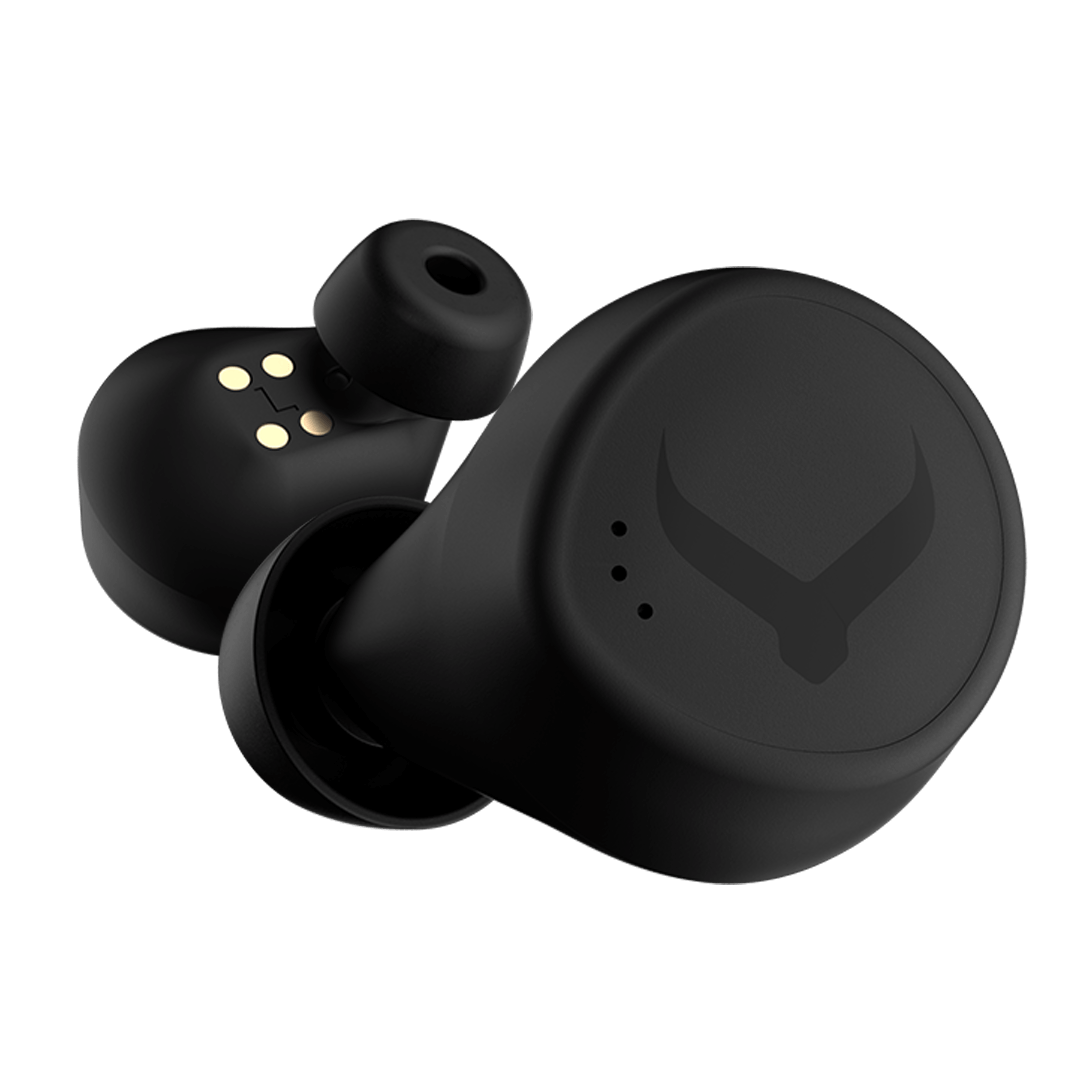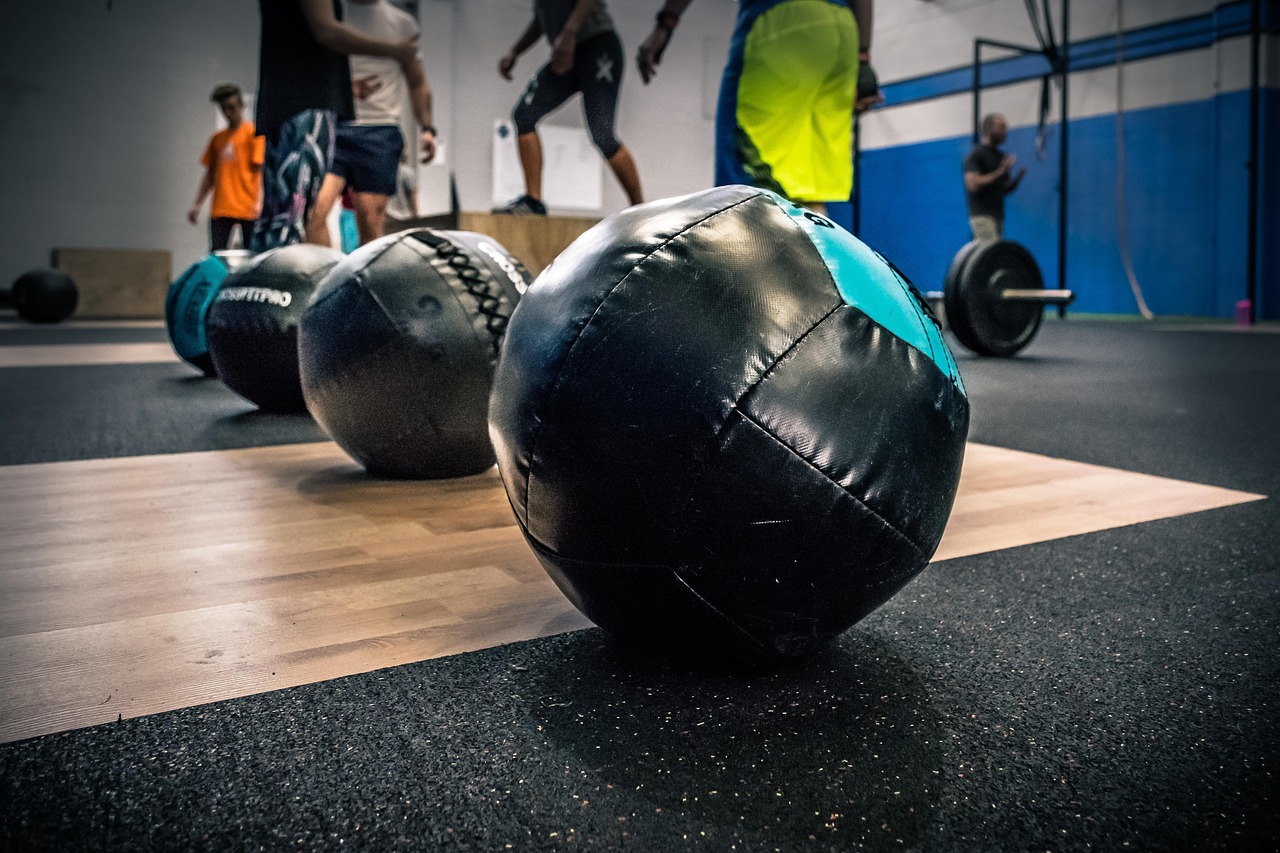
Hyrox Home Training Setup: Train for the Fitness Race Anywhere in 2025
Whether you’re a CrossFit athlete making the switch or a first-time competitor looking for convenience, this guide breaks down exact home alternatives for every Hyrox station, so you’ll never feel limited by lack of space or equipment.
Think you need a gym packed with SkiErgs, sleds, and Concept2 rowers to train for Hyrox? Think again. With the right creativity, smart substitutions, and a few pieces of minimal equipment, you can prepare for all eight Hyrox stations from home.
What Equipment Do You Need for Hyrox Home Training?
Here's the minimal kit you'll want for an effective home Hyrox setup:
- Medicine ball (6–12kg) – for slams and conditioning
- Weighted vest (5–10kg to start) – to load up running, climbing, and bodyweight movements
- Backpack or duffel bag – fill with books, bottles, or sandbags for weighted drags and lunges
- Resistance bands (medium to heavy) – for rows, drags, and strength simulation
- Dumbbells (adjustable if possible, 8–20kg) – for carries and thrusters
- Sturdy space – stairs, hill, or treadmill for incline runs and weighted climbs
That's it. With this gear, you can replicate the muscle demands and energy systems of Hyrox without needing a full gym.
Why Home Hyrox Training Works
Hyrox is a standardized fitness race: 8 x 1km runs paired with 8 functional stations. Unlike CrossFit, there are no surprises — every athlete faces the same sequence.
The challenge? Most stations require specialist gym equipment: SkiErgs, sleds, and rowers aren't exactly living-room friendly. But here's the good news:
Accessible alternatives that target the same muscles, energy systems, and race demands as the real thing can be easily substituted at home.
Station-by-Station Home Alternatives
1. SkiErg (1000m) → Medicine Ball Slams
The SkiErg is a vertical pulling powerhouse. At home, medicine ball slams are your best alternative.
How to do it:
- Start with feet shoulder-width apart, medicine ball overhead.
- Slam the ball into the floor with maximum force, hinging at the hips.
- Catch, reset, and repeat explosively.
Why it works: Builds lats, shoulders, triceps, and core while training explosive drive and conditioning. It replicates the triple extension (hips, knees, arms) of the SkiErg.
2. Sled Push (50m) → Hill Climb with Weighted Vest
A sled push builds brutal quad, glute, and core endurance. At home, load up a weighted vest and march powerfully up a steep hill, incline treadmill, or stairs.
How to do it:
- Wear a vest or carry a weighted backpack.
- Drive knees high and lean slightly forward as you climb.
- Focus on strong, deliberate strides.
Why it works: Replicates the concentric leg drive of sled pushing and builds anaerobic capacity. Hill climbs also simulate the accumulating fatigue of sled distances.
3. Sled Pull (50m) → Backpack Drag with Resistance Band
Dragging a sled is a unique challenge. At home, fill a backpack with weight, attach it to a resistance band, and drag it backwards across the floor.
How to do it:
- Loop a resistance band through the backpack straps.
- Hold the free ends and step backward, dragging the load.
- Keep knees bent, chest up, and core engaged.
Why it works: Hits posterior chain, biceps, lats, and grip, while forcing your body to stay stable under backward movement — exactly like the sled pull.
4. Burpee Broad Jumps (80m) → Standard Burpees
Burpee broad jumps require space. If that's limited, standard burpees maintain intensity and full-body conditioning.
How to do it:
- Drop into a push-up position, chest to floor.
- Jump back to standing and explode vertically.
- Maintain steady rhythm for volume.
Why it works: Both movements tax chest, triceps, quads, core, and lungs. Burpees keep the aerobic grind and explosive demand of this station alive.
5. Rowing (1000m) → Resistance Band Rows
No Concept2? No problem. Resistance band rows are compact and effective.
How to do it:
- Anchor a heavy band around a door or post.
- Sit back slightly, knees soft, and row handles to your chest.
- Keep spine tall and core tight.
Why it works: Trains upper back, lats, biceps, and core stability. While it's not cyclical cardio, you can maintain steady volume to replicate the aerobic demand of rowing.
6. Farmers Carry (200m) → Dumbbell Farmers Carry
This one is nearly identical — all you need is a pair of dumbbells.
How to do it:
- Pick up a pair of heavy dumbbells (or loaded backpack straps).
- Walk with tall posture, shoulders back, and core braced.
- Cover a set distance or time.
Why it works: Builds grip strength, forearm endurance, traps, and core stability, just like the race station.
7. Sandbag Lunges (100m) → Backpack Lunges
Sandbags are easy to replicate with a weighted backpack.
How to do it:
- Load a backpack with 10–20kg.
- Hold it across your chest or shoulders.
- Step forward into controlled lunges.
Why it works: Hits quads, glutes, hamstrings, and core while maintaining the unilateral stability challenge of Hyrox lunges.
8. Wall Balls (75/100 reps) → Dumbbell Thrusters
The classic race finisher can be mimicked with thrusters.
How to do it:
- Hold a pair of dumbbells at shoulder height.
- Squat deep, then drive explosively overhead.
- Maintain rhythm for volume.
Why it works: Targets quads, shoulders, and core, with similar breathing patterns and fatigue to wall balls.
Sample Home Hyrox Workout
To tie it all together, here's a mini simulation you can do from home with minimal space and equipment:
- 1km run (outdoors or treadmill)
- 30 medicine ball slams
- 1km run
- 3min hill climb (weighted)
- 1km run
- 50m backpack drags
- 1km run
- 30 burpees
- 1km run
- 50 band rows
- 1km run
- 40m dumbbell carry
- 1km run
- 20 backpack lunges
- 1km run
- 20 dumbbell thrusters
That's a full Hyrox simulation — adapted for home.
Common Mistakes in Home Hyrox Training
- Skipping running – The race is 50% running. Don't neglect your base mileage.
- Going too heavy too soon – Progressive overload matters. Build gradually.
- Ignoring transitions – Practice moving from runs to stations without rest.
- Neglecting recovery – Hyrox is endurance-based; sleep and mobility are key.
Final Word: Yes, You Can Train for Hyrox at Home
Hyrox is exploding globally, with more than 2,300 new affiliated clubs in 2024 and growth rates of over 260%. But you don't need a club to get started. With a backpack, bands, a vest, and some grit, your living room, garage, or local park can become your Hyrox training ground.
Your Next Steps:
- Get your basic equipment (medicine ball, bands, dumbbells, backpack).
- Start swapping these alternatives into your weekly training.
- Aim for 3–4 run-station combo sessions per week.
- Build toward a full at-home simulation before race day.
With this setup, you're not just improvising — you're preparing smart, accessible, and race-specific for Hyrox.
.avif)



.avif)
